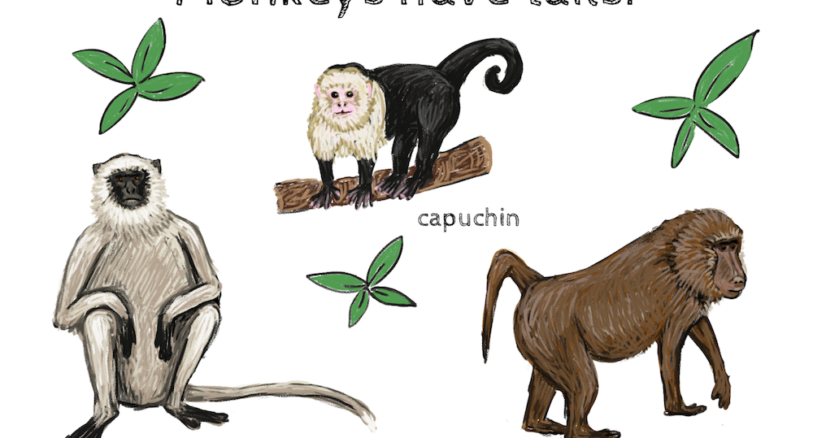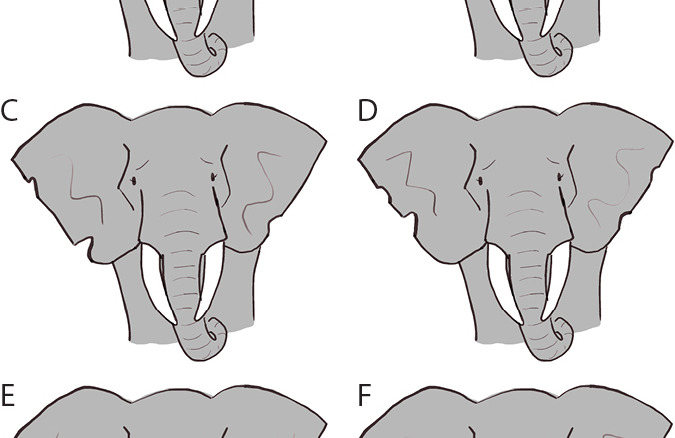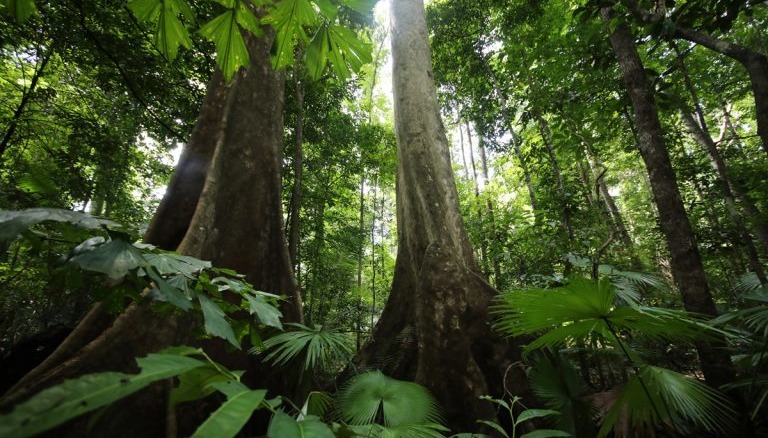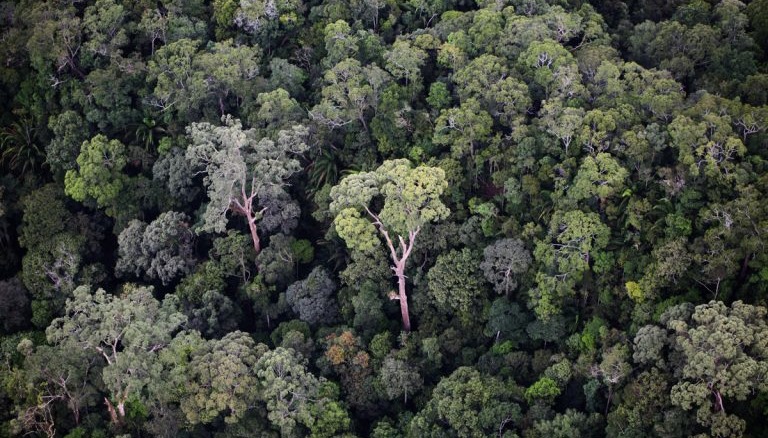Sometimes it is fun to spy on the neighbors. No, not the human kind. That wouldn’t be nice. We mean your nonhuman neighbors, like plants and animals. Here are two ideas.
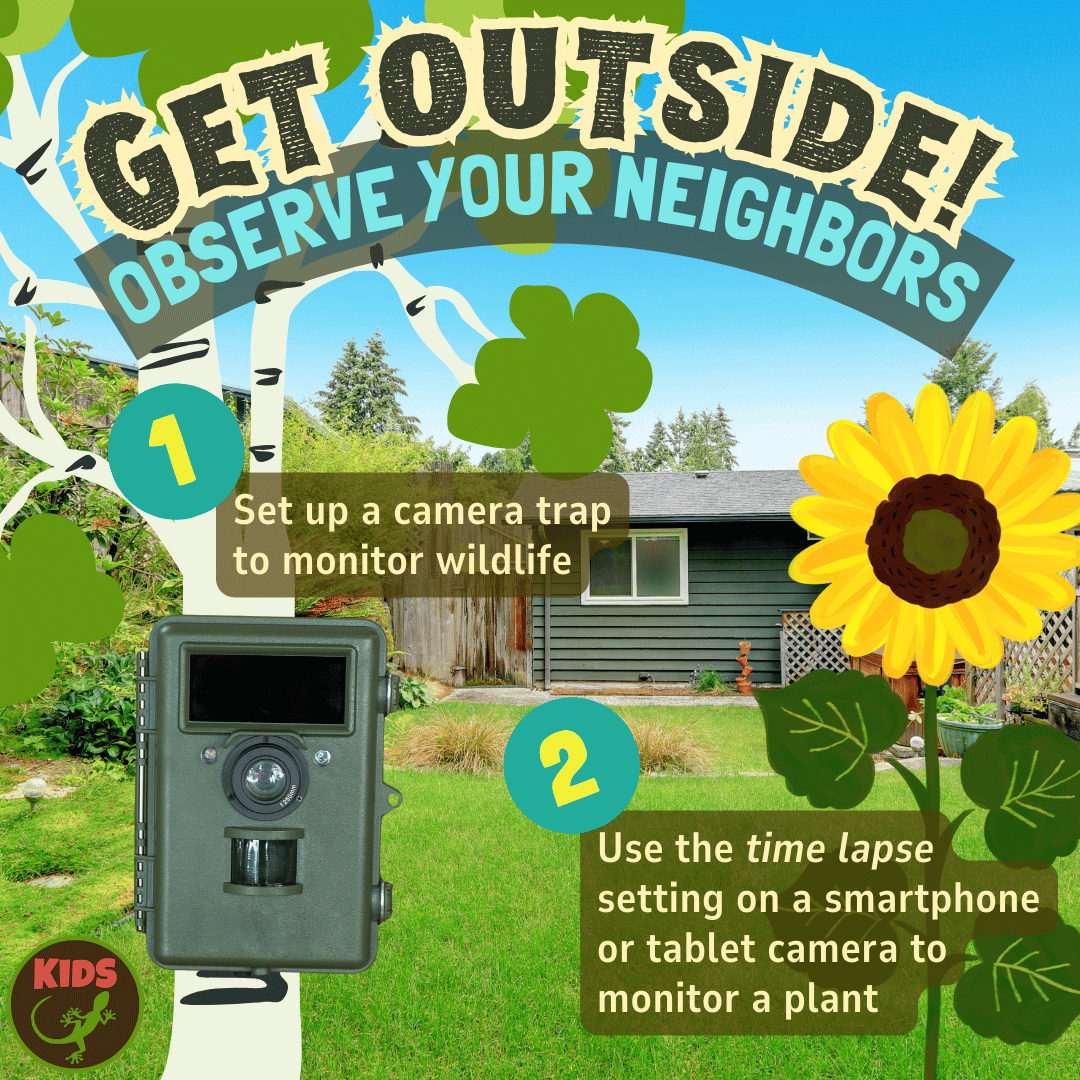
This is a good classroom project for the schoolyard. Or you can do this project at home, in your backyard or on a balcony.
1. Set up a camera trap to monitor your local wildlife.
A camera trap is a motion-triggered device that takes photographs or videos of animals without disturbing them. You can buy camera traps. If you like coding and engineering, you can even create your own DIY camera trap.
Position your camera trap on a tree or post near a bird feeder or other location where animals are likely to visit. Then leave the camera and check back a few hours later, or the next day.
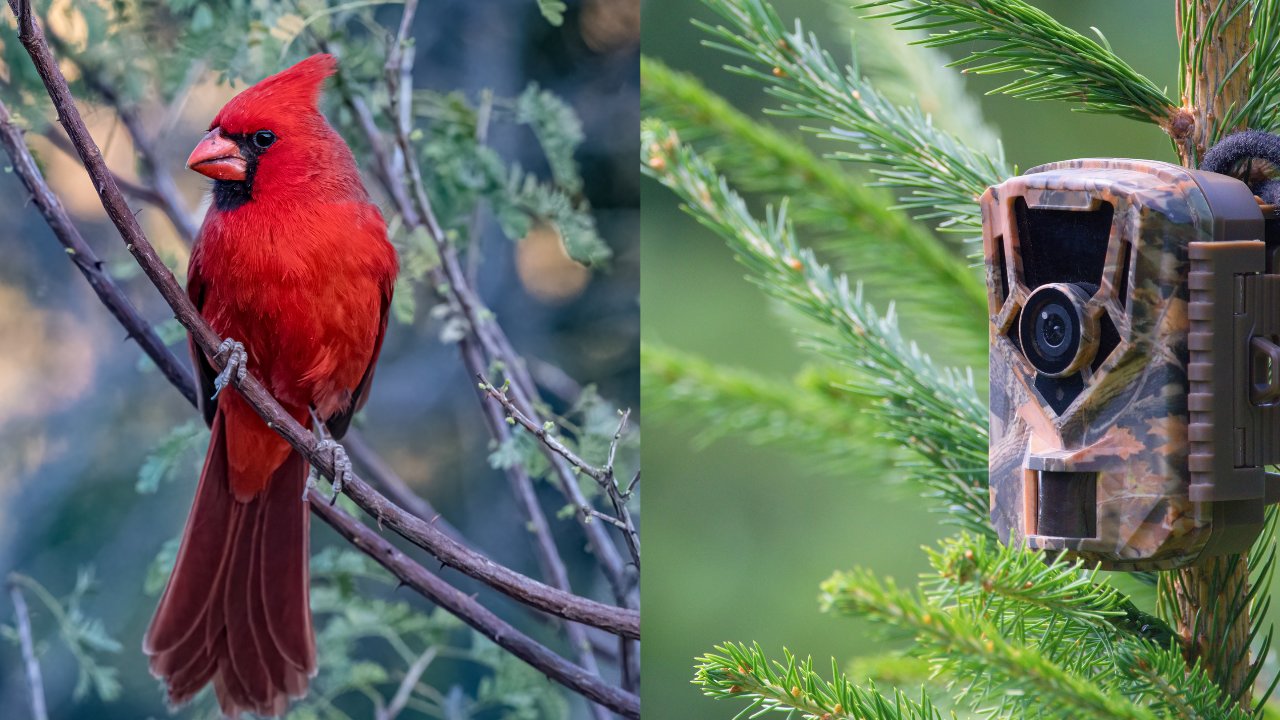
Explore your photographs to see which animal neighbors stopped by. How many different species did you record?
Keep a journal of your sightings. You could also log sightings with apps like iNaturalist or eBird and contribute to citizen science.
Keep going! You can continue camera trapping over several days or weeks. If you do this, you may start to notice interesting patterns. For example, do the same individual animals return to your trap each day? How many different species visit the trap each week?
2. Use the time lapse setting on smartphone or tablet camera to monitor a plant
Pick a plant in your garden or schoolyard. Some fun plants to observe with time lapse photography or video:
- flowering plants that attract pollinators
- sunflowers
- daises
- climbing plants with tendrils, like passion fruit or beans
Set up a smartphone or tablet on the time lapse setting. With a full battery and good storage, run the time lapse for at least 90 minutes or up to 3 hours. Alternatively, take photographs at 20 to 30-minute intervals for up to 3 hours.
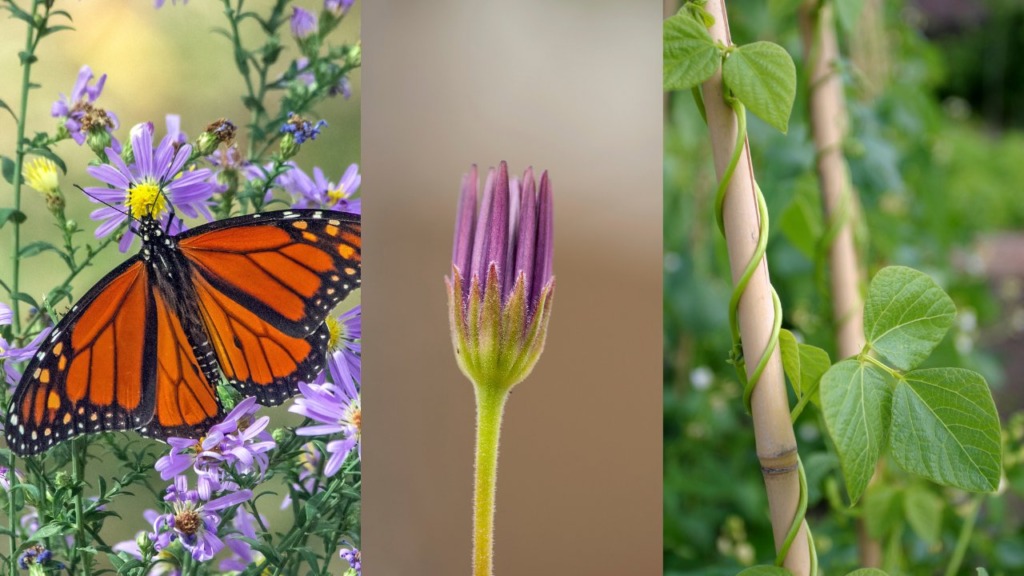
What to look for:
- Do any insect pollinators land on the plant?
- Does the plant move with the wind?
- Does the plant move to follow the sun? When a plant part tracks the sun, it is called heliotropism. Sunflowers are heliotropic. The flower heads follow the sun across the sky. Some daisies close their petals in the evening and open them in the morning.
- Can you see the plant grow? Three hours may not be long enough to see any growth, but some fast-growing climbing plants have tendrils that grow and move to support plant growth. Passion fruit vines and climbing beans are good examples.
More learning resources
About camera traps
Learn more about camera traps and what they teach us with these Mongabay Kids stories and videos.
My Naturewatch: How to make a wildlife camera trap. Learn how to use a Raspberry Pi and a simple objects to make your own camera trap.
Snow Leopard Trust: Wildlife camera trapping activity. In this activity students learn how camera traps are used to help count snow leopards, then create a craft camera and journal about their experience.
About plants and time lapse imagery
Australian Academy of Science: The sunflower dance. A video about heliotropism in sunflowers.
Platte Basin Timelapse: K-12 STEM-based curricula. Educational resources to help students explore the land, water, and biodiversity of the Platte Basin, Nebraska. See time lapse imagery in action.

